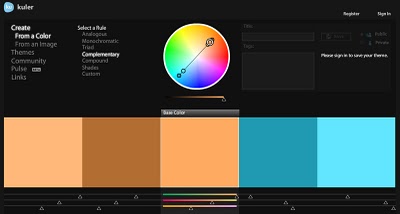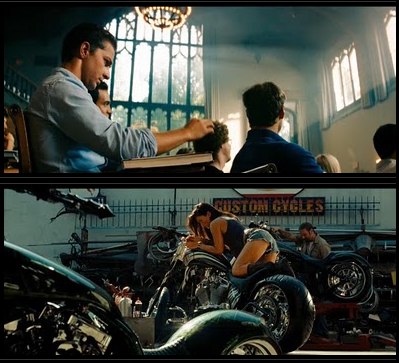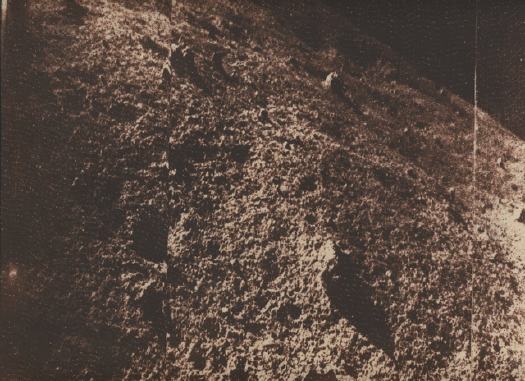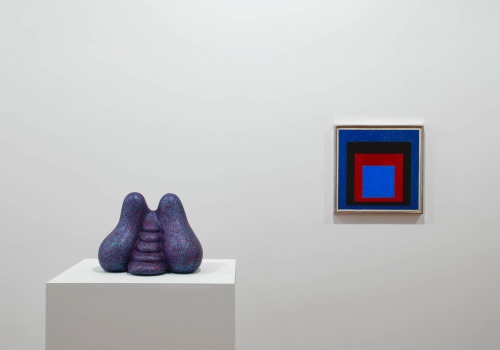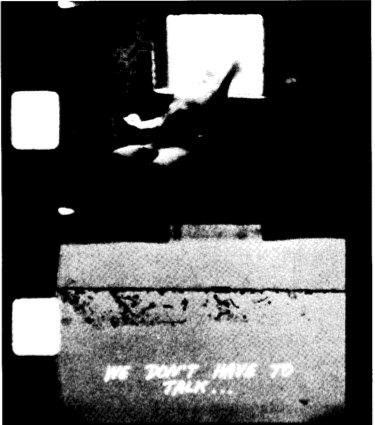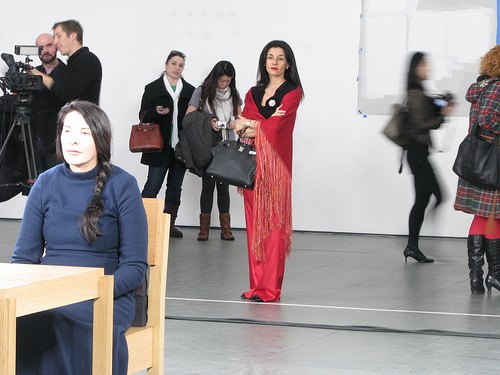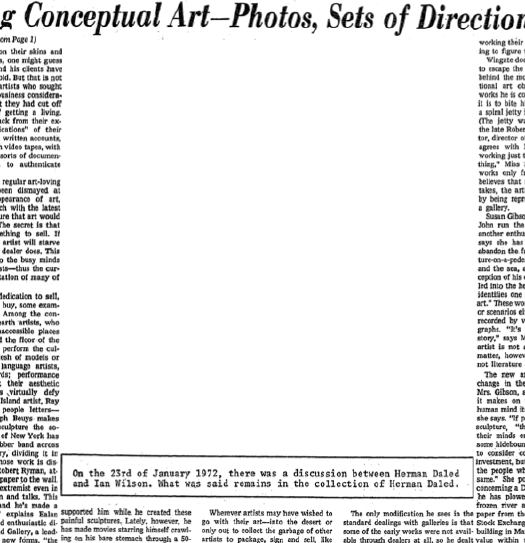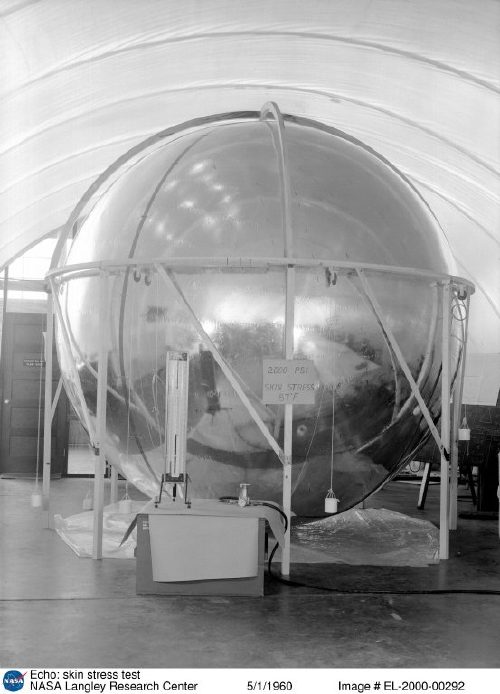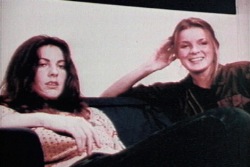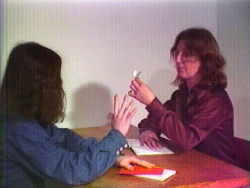A great post on language & progress, Claude Levi-Strauss & TIno Sehgal. Some of the most interesting commentary I’ve read on discerning the actual structure and contours of Sehgal’s This Progress, too. [futureofthebook.org via @briansholis]
Which makes me wonder: do the works come with NDAs? Are they secrets? Trade secrets? Can the instructions be shouted from the rooftops? Could the unwritten transmitted/purchased instructions be performed or recited publicly as entertainment, as part of a critical discussion, or in an effort of collective preservation? Are they really just a couple of lines [“Roll around kissing constantly. Every few minutes, strike a pose from a famous work of art.”] or are they more elaborate? Obviously the parties concur that there is some intellectual property right being transferred, but what is the implication for the artist–or his dealer or a collector or museum–either disseminating the instructions or refusing to do so?
Ramin Bahrani’s short film Plastic Bag tells the story of a lone plastic bag’s Odysseus-slash-V’Ger-like journey to find home and its creator. Werner Herzog stars as the plastic bag. Seriously. [via mrdanzak, thanks andrew]
Speaking of epics, Grain Edit has a wonderful interview with Sanjay Patel, the Pixar animator/illustrator/Charles Harper fan who went from self-publishing the awesomely kawaii Little Book Of Hindu Deities to creating a modernist graphic version of the Ramayana. [grainedit]
I’m liking what I can see of Eamon O’Kane’s paintings about Le Corbusier’s somewhat dickish relationship with and interventions in Eileen Gray’s architectural masterpiece, the E-1027 Villa at Roquebrunne. They’re at See Line Gallery, but the big pictures are at the LATimes. [Related: at a 2007 MoMA conference, Beatriz Colomina called Corbu’s alterations of E-1027 an architectural “rape”.]
I’ve been doing some research on early Happenings staged in Washington DC by Claes Oldenburg. More on that as it develops, of course, but there’s no need to wait on sharing this very self-amused Time Magazine account of “The Pop Art Festival” organized by the Washington Gallery of Modern Art in April 1963:
Blue Wrench.
Happenings are old stuff in the artiest alcoves of Manhattan, but of course that means nothing in Washington square. This one was prepared by Artist Claes Oldenburg, who makes those huge sailcloth hamburgers. Washington society prepared by getting itself puffed, powdered and sloshed. Little dinners were eaten intimately in Georgetown. The jolly crowd then collected at the gallery to see what was going to happen. Nearly everyone sat on campstools–White House Art Adviser Bill Walton, FAA Administrator Najeeb Halaby, Mrs. Arthur Schlesinger Jr. Those. [sic]
A member of the gallery staff announced that she had successfully achieved blue ice cream. She had mixed blue dye and vanilla ice cream with a monkey wrench. The New Frontier moved an inch forward on its stools.
This was obviously going to be some happening.
Does anyone know how Time and others [Old Media types, mostly] insert the unique tracking url into my copy&pasted quote of their article? I assume it’s to prevent/track automated scraping and republishing, but from their page code, I can’t figure out how they do it.
And lastly, I went to hear John Gerrard talk about his time/duration-intensive work at the Hirshhorn last week. He’s got a very different project going on, what with the environment, and the orbit of the sun and energy and industrialization and video game engines and what not, but it was nice to see that he’s nearly/slightly as engrossed with using Google Earth as a creative tool as I am. He pulls colors from the satellite images to create site-specific palettes for his digital landscape re-creations.
Which, whoops, come to think of it, may be problematic. Just yesterday, Stefan at Ogle Earth laid out a not-insigificant case for why it matters that–whoops–all satellite imagery, including Google’s–is color-enhanced. “It is the case that colors in satellite imagery are always false, albeit made to look realistic (just as with those pretty pictures of galaxies and planets).” [ogle earth via @felixsalmon]

